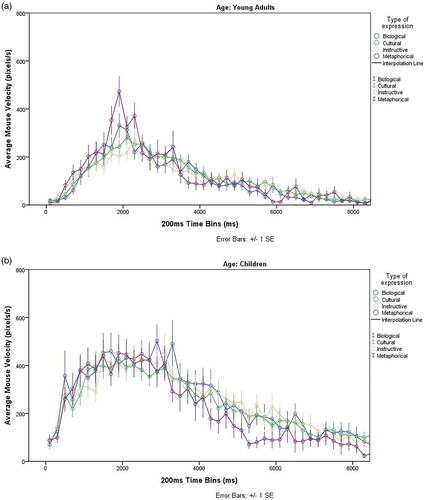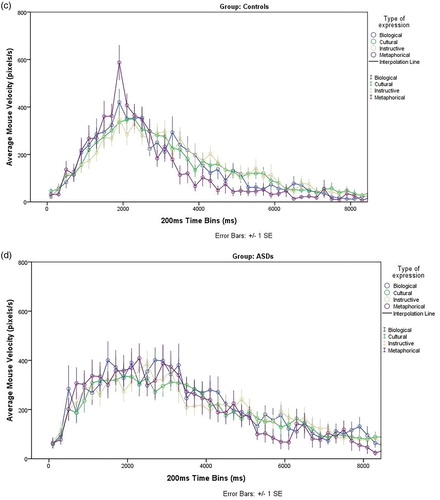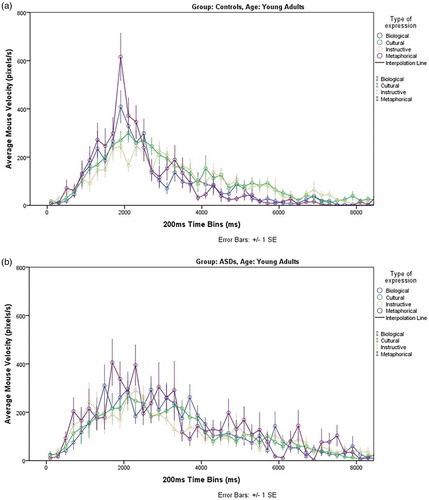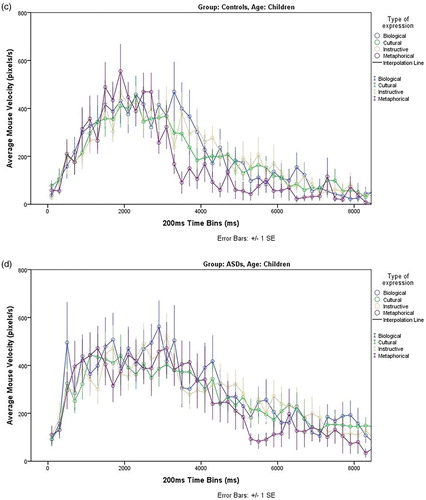Figures & data
Table 1. Mean and standard deviation of background measures for each age and group.
Figure 1. Images for the idiom “consultarlo con la almohada” (literally “to consult it with the pillow”, figuratively “to sleep on it”).
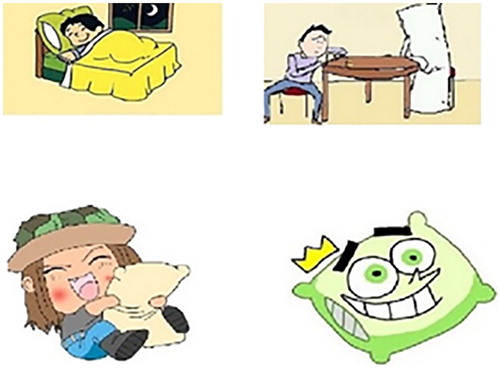
Table 2. Means and standard deviations of the off-line data.
Figure 2. Number of mouse visits to the target image for each age group and each expression type. Young adults = participants aged 16–22 years; children = participants aged 10–12 years. Expression type: bio = biological, cul = cultural, ins = instructive, novel met = metaphor.
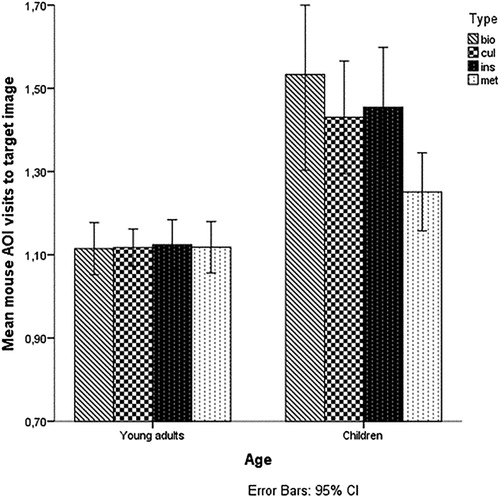
Figure 3. Number of mouse visits to images reflecting literal meanings for each age group of participants and each expression type. Young adults = participants aged 16–22 years; children = participants aged 10–12 years. Expression type: bio = biological, cul = cultural, ins = instructive, novel met = metaphor.
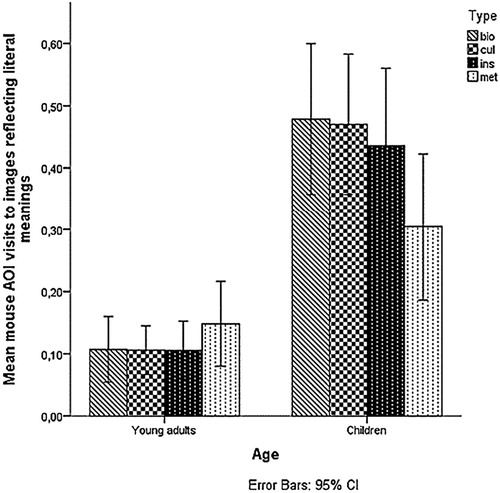
Figure 4. (a) Mean mouse distance travelled for each age and group. “Control” = neuro-typical participants; “ASD” = participants with an autism diagnosis; young adults = participants aged 16–22 years; children = participants aged 10–12 years. (b) Mean mouse distance travelled for each age for each type of figurative expression. Young adults = participants aged 16–22 years; children = participants aged 10–12 years. Expression type: bio = biological, cul = cultural, ins = instructive, novel met = metaphor.
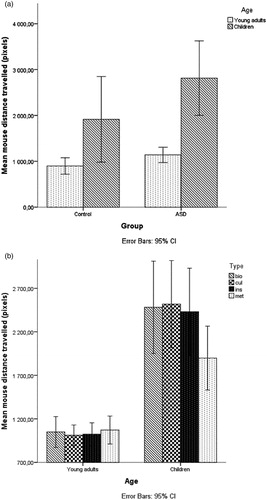
Figure 5. Mean mouse peak velocity for each age for each type of figurative expression. Young adults = participants aged 16–22 years; children = participants aged 10–12 years. Expression type: bio = biological, cul = cultural, ins = instructive, novel met = metaphor.



